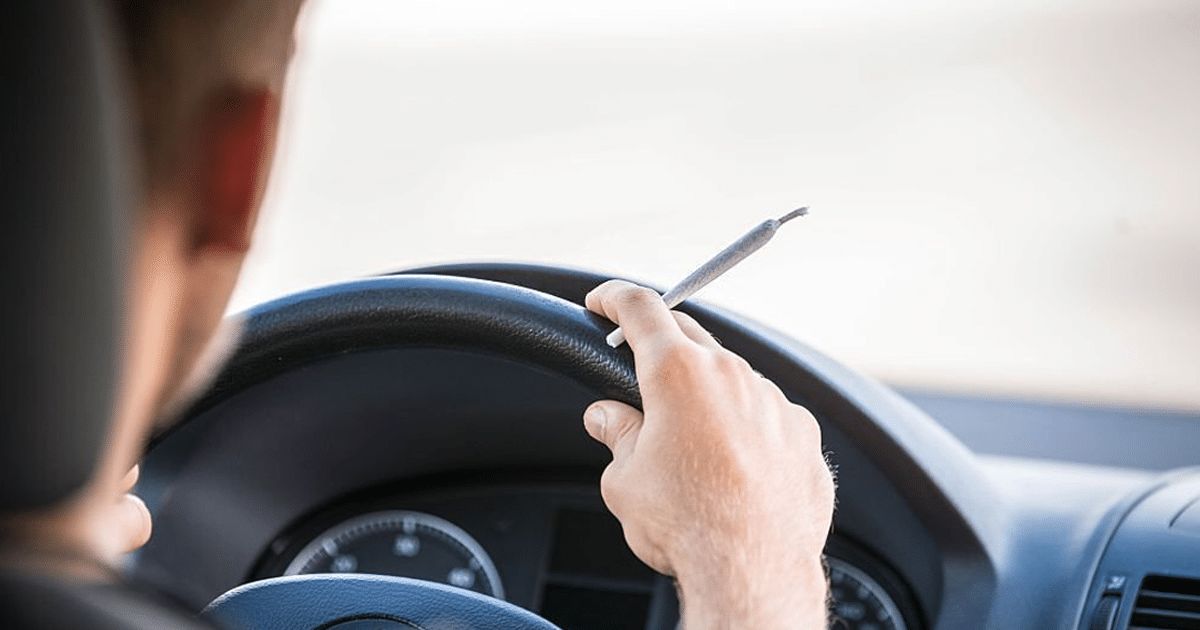It appears that states which have legalized the use of cannabis have fewer reports of impaired driving. “The risk of self-reported DUIC was lower in recreational and medical cannabis states compared to states without legal cannabis.” Is this because fewer people drink and drive when they have access to legal cannabis? Are cannabis consumers safer drivers than alcohol consumers? Is it due to legal states having better education surrounding the dangers of driving high? Let’s find out!
What We Can Glean About DUIC
According to a new study conducted by RTI (the international non-profit, Research Triangle Institute), states that have legalized cannabis are seeing reductions in the amount of potentially risky driving conducted than those that continue to prohibit it.
It has been shown that people are less likely to drive within three hours of using cannabis in states that have legalized it for medical or recreational use, according to an examination of self-reported driving under the influence of cannabis (DUIC).
While there does not appear to be any significant changes in the behavior of medical cannabis patients that report frequent use, the overall takeaway is that cannabis prohibition states are more likely to have impaired drivers on the roads.
What Can We Chalk This Takeaway Up To?
It looks like we have the cannabis education protocols in legal cannabis states to thank. These states have public cannabis education measures, such as one that educates cannabis consumers specifically about the dangers of driving while under the influence of cannabis. This makes sense as it is a running trend in many aspects of life and society that education is one of the key factors in reducing things such as drug abuse, risky behavior, etc.
The probability of self-reported DUIC was much lower in legal recreational and medical cannabis states than in those that continue to prohibit use, according to the study’s authors. Current cannabis users in recreational and medical-only cannabis states were much less likely than current cannabis users in non-legal cannabis states to report driving within three hours of being high in the previous 30 days.
The perceived safety of cannabis use, which is associated with DUIC and varies by legalization, is one potential explanation for the lower prevalence of DUIC in legal jurisdictions, due to a lack of education. Cannabis users in legal states have easier access to factual information regarding the hazards of cannabis use from sources such as physicians who issue medical cannabis cards or dispensary employees. States, where cannabis is still criminalized, do not have this, and their users turn to personal experience, word of mouth, and other unreliable sources of information – if they try to find out at all.
Another element that could be at play is labeling laws in legal jurisdictions.
Because cannabis is legalized in certain states, they have certain requirements and guidelines for cannabis products such as labels that warn against driving while under the use of cannabis. This could be something that deters consumers who otherwise may have gotten behind the wheel while high.
Although the study relies on self-reported DUIC data, the findings contradict both prohibitionist arguments against cannabis legalization (who feared that legal cannabis would lead to lax driving) and a federal guideline on where public awareness initiatives should be focused during the cannabis reform movement.
What Can Be Done To Educate Prohibition States?
Non-legal states do not have the ability to enforce warning labels and other such initiatives in the legal cannabis market to educate people. You cannot guide an illicit market after all.
This means that mass media efforts that educate people about DUIC may be a useful tool. Although all states should educate their residents about the risks of cannabis use while driving, this study reveals that states without legal cannabis are in special need of DUIC prevention initiatives.
Late last year, President Joe Biden signed a large-scale infrastructure bill that contained an addendum encouraging states that have legalized marijuana to educate people about cannabis-impaired driving. While this is good, many advocates believe this should be geared towards all states, not simply the legal ones – and we agree. A holistic approach to education is always beneficial.
Not only do legal states have more guidelines and education regarding the safe consumption of cannabis and the dangers of driving while under the influence, but these states do not have the prohibition mindset of being risky and doing things that you shouldn’t be doing. This breeds more mature consumers that are simply consuming cannabis for recreational or medical reasons, rather than to “be cool” and break the law.
Additionally, legal cannabis states have much safer, more consistent cannabis available due to their cultivators being regulated and the products being tested for traceability, consistency, etc…
Enjoyed that first hit? Come chill with us every week at the Friday Sesh for a freshly packed bowl of the week’s best cannabis news.
- Can CBD Help Combat Alcohol Binge Drinking? A Study Suggests It Might
- Missouri Hemp Farmers Form Missourians for a Single Market in Attempt to Redefine Regulations
- Restaurant Spotlight: 1811 in Berlin – Timeless Taste in Charlottenburg
- Texas Governor Abbott Vetos Senate Bill 3, Calls For Special Legislative Session
- Petition Calls on Meta to End Cannabis, Psychedelic, and Harm Reduction Communities Censorship
- Texas Expands Medical Cannabis Access with House Bill 46















